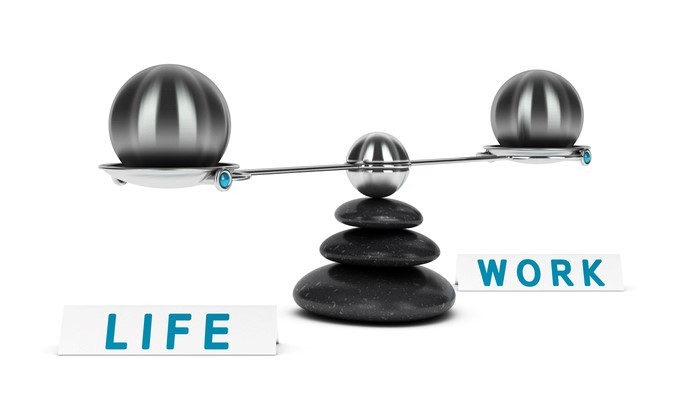Incorporating Work–Life Balance Values in Corporate Culture
By: Together Abroad 01-04-2020
Categories:* Daily employment news, ** HR daily news,

Incorporating Work–Life Balance Values in Corporate Culture
The importance of the work–life balance is strong nowadays, so is our interest in it. The concept of this phenomenon has gone through major changes. The first understanding of it was the time balance between “work” and “play”, however things are much more complex. The work–life balance is the theory of appropriately prioritizing work style with lifestyle, including family, leisure time, personal development, etc. This balance is different for everybody, depending on the needs of every person. Some put great importance on their work ambitions, others emphasize on family development, or hobbies and personal time. Thus the work–life balance exists individually according to one’s needs. Plenty of obstacles can occur to distress this balance in the work environment; however, it is also interesting to look at this issue from the point of view of organizations and the work environment they offer, that do or do not succeed in establishing a foundation for maintaining a healthy work¬–life balance.
The size of an organization plays a big role. Smaller organizations are usually related with more transparent leadership style and work culture, while bigger organizations have a stricter hierarchical one. That difference also has a particular impact on the work conditions such organizations create, and how they influence the work–¬¬¬life balance of their employees. The first is related with flexibility—for example, in working hours and schedule, choosing and organizing independently one’s own style of work, and the way of meeting targets and deadlines. Moreover, there is a free communication flow between employees and employers that creates a safe and unrestrained environment for sharing personal or work concerns. Such flexibility in different aspects of the work processes allows the values of the work–life balance to be more easily achieved.
On the other side, the typical hierarchical structure of bigger corporations is not always able to offer that flexible work place for its employees, which eventually prohibits the existence of a healthy work–life balance. In such cultures the notion of working long hours to prove yourself, or to move up in the corporate ladder is a usual practice. Big organizations also have a strict way of how work should be done, which constrain employees in a variety of ways, some of which can be by limiting one’s creativity, for example. What is more, each year more of the generation of the Millenniums is entering the labour market, and even more of them have already been gaining valuable work experience. With that change of the generations comes as well a change in the demands from the work environment.
The incentives and motives the Millenniums have when entering the labour market vary in a different way than the generation before. For example, they value the work–life balance on a much greater scale. Working long hours and climbing up the hierarchical ladder are not as important as affinity towards a flexible working schedule and environment. With such a drastic change in the needs of the new leading generation on the market, the organizations have to adapt to the situation by creating the appropriate strategies to meet those needs.
In general, the work environment is constantly changing and bigger corporations with long traditions and firmly established ways of work find it most difficult to adjust and adapt. However, the trends and needs coming from the biggest generation currently on the market (that is constantly expanding) are demanding this drastic change.
The list of concepts that can create a work–life misbalance is long and complex, which makes generating a universal formula for establishing long-term balance simply impossible. However, the general concept is based on values of achieving universal human needs. By trying to meet those needs, corporate strategies can be created—strategies that should be constantly evaluated and re-evaluated.
By Iva Plocheva for Together Abroad